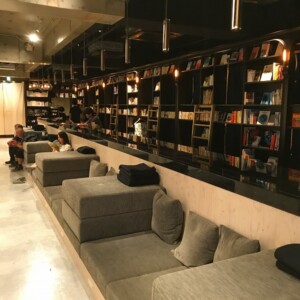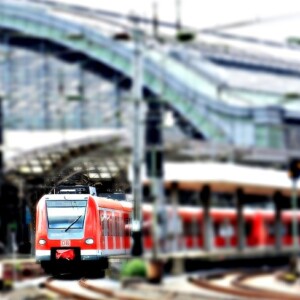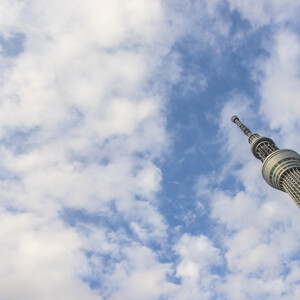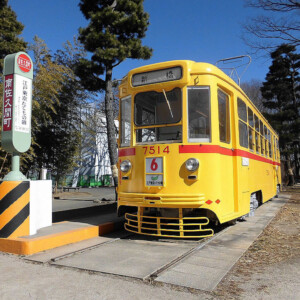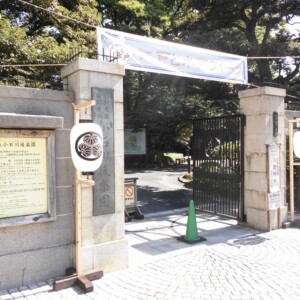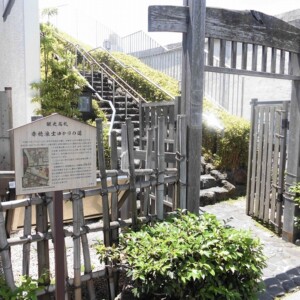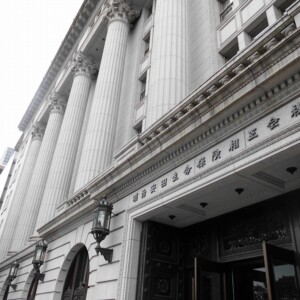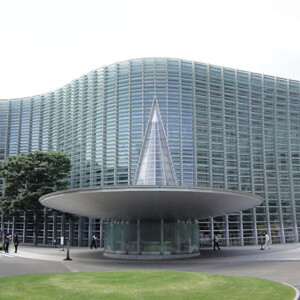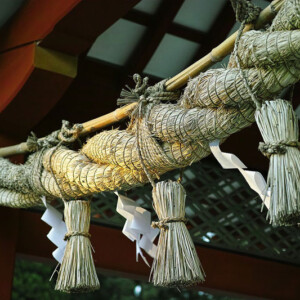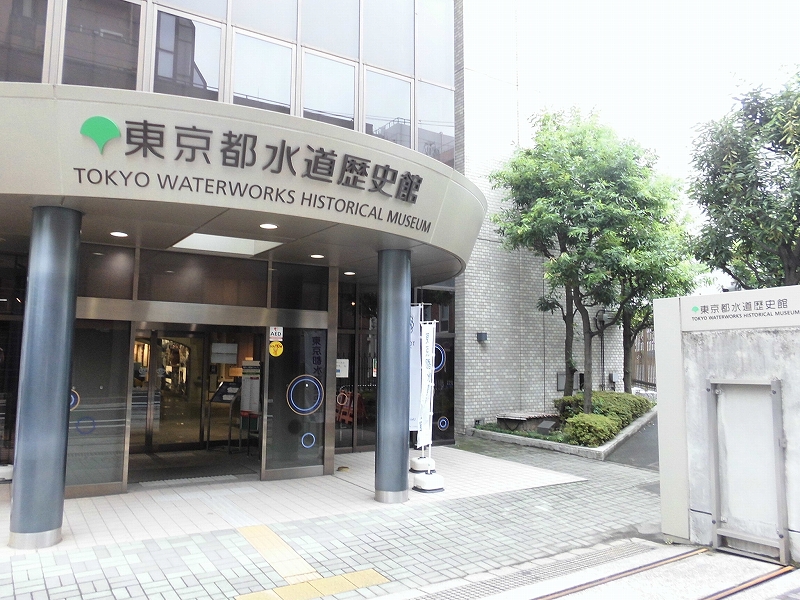
[Tokyo] Surprised by the Edo period water supply!? Tokyo Metropolitan Waterworks History Museum
table of contents
Did you know that there was a water supply system in the Edo period? Although it was quite different from the water supply we use today, the city of Edo had a well-maintained water supply network. At the Tokyo Waterworks History Museum, you can experience the drama of maintaining the world's finest water supply system from the Edo period to the present day, with actual water pipes and miniature models on display
Tokyo's waterworks began in the Edo period
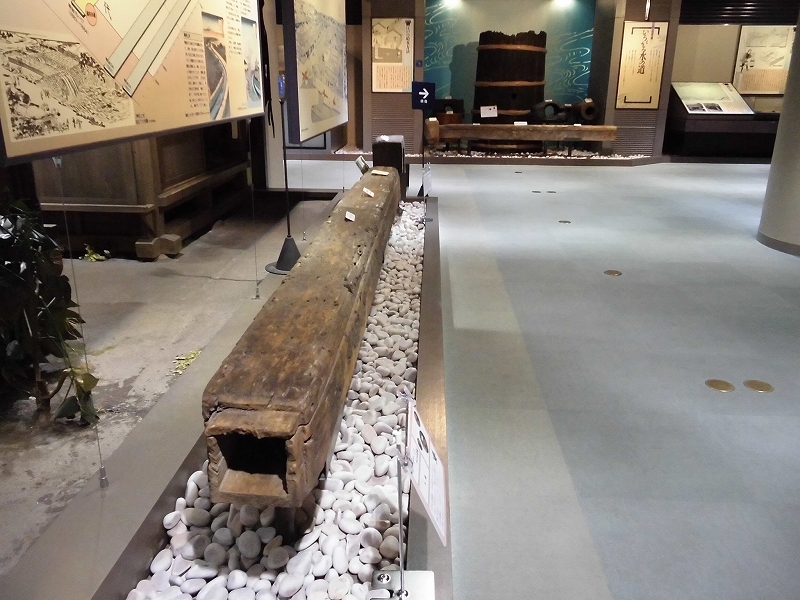
Wooden water pipe from the Edo period
The Tokyo Waterworks History Museum opened in 1995 in the Tokyo Metropolitan Waterworks Bureau Hongo Building, adjacent to the Hongo Water Supply Station, as part of the 100th anniversary of the founding of the waterworks. It's an 8-minute walk from Hongo-Sanchome Station and Ochanomizu Station on the Tokyo Metro Marunouchi Line, and Shin-Ochanomizu Station on the Chiyoda Line. It's also an 8-minute walk from Ochanomizu Station and Suidobashi Station on the JR Line. It's also an 8-minute walk from Suidobashi Station on the Toei Mita Line and
Upon entering the first-floor entrance, the receptionist will immediately hand you a museum guide leaflet and inform you that the tour begins on the second floor. In addition, audio guides that provide explanations of the exhibits in Japanese, English, Chinese, and Korean are available for free rental, a convenient service for international visitors.
Upon ascending to the second floor, you'll see the water pipes that once covered the streets of Edo. These are actual pipes that were in use during the Edo period. The exhibition theme on the second floor is the waterworks facilities and systems of the Edo period.
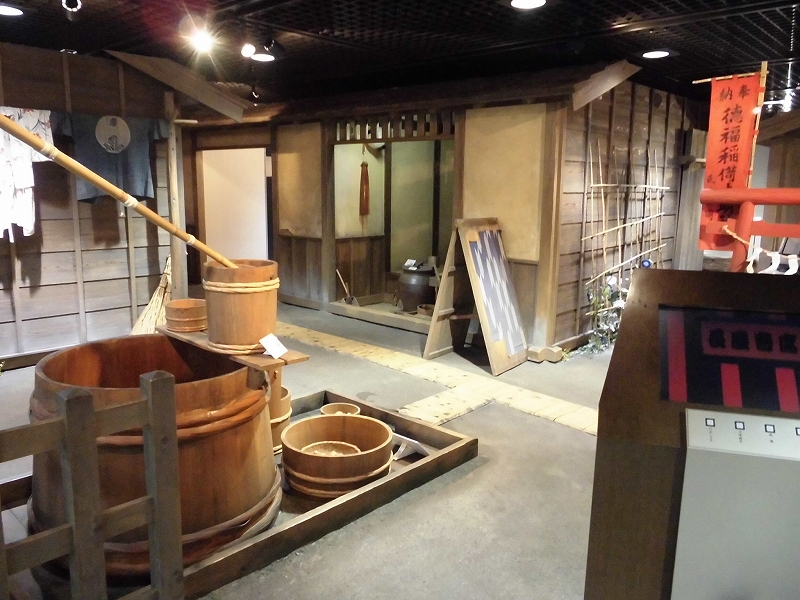
A communal well installed in the town of Edo
The highlight of the second floor exhibit is a life-size reproduction of an Edo tenement house. It not only recreates the life of the artisans and townspeople who lived in the tenement houses at the time, but also provides an easy-to-understand explanation of the water provided by the Kanda and Tama River aqueducts. On the left side of the image is a large bucket. It's not just any bucket. Under the ground, wooden and bamboo water pipes run, connecting to the large bucket. In fact, the wells scattered throughout Edo were not wells that drew groundwater. They were water from the waterworks, drawing water from what is now the pond in Inokashira Park, Zenpukuji Pond, and Hamura in Tama. Tenement residents would draw water here and store it in bottles at home for use

Recreated life in an Edo tenement house
This is the view of the rooms from the entrance to the tenement house. There is a large jar at the entrance. Water is poured into the bucket on the far right. The area between the jar and the bucket is the kitchen. The board under the ladle is a cutting board. Both samurai and townspeople paid a fee to use the water from the Kanda and Tamagawa aqueducts. Samurai paid a fee based on their kokudaka (rice yield), while townspeople paid a fee based on the layout of their houses. It is hard to imagine today, but even though they were called waterworks, they simply let water from ponds and rivers flow freely and were not purified in any way
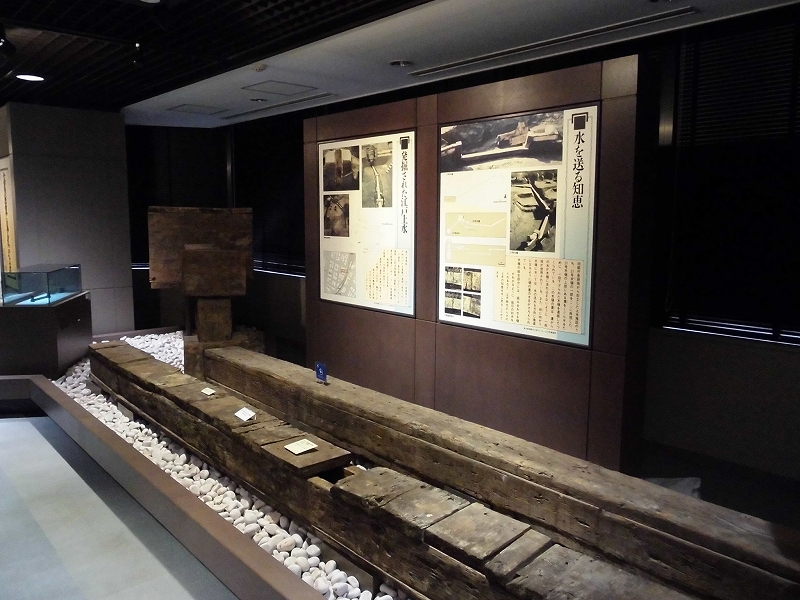
Wooden gutter excavated in Marunouchi 3-chome
On the second floor, miniature models explain the workings of Edo waterworks, including the Kanda and Tamagawa waterworks. The "Tamagawa Waterworks Story," told through animation and puppet shows, is easy for children to understand, and explains the hardships and efforts the Tamagawa brothers undertook to complete the long waterworks stretching from Hamura in Tama to Yotsuya. Also impressive is the display of an actual wooden gutter excavated during the redevelopment of Marunouchi 3-chome. The top of the wooden gutter is covered, allowing it to be removed if foreign objects get inside. Incidentally, six waterworks were built during the Edo period: the Kanda, Tama, Honjo, Aoyama, Mita, and Senkawa. All of them used wooden guttering like this. Only the Kanda and Tamagawa waterworks remained in use until the end of the Edo period; the other four were abolished due to water shortages and maintenance costs
Tokyo's world-class waterworks

Waterworks facilities actually used during the Meiji period
The first floor is an exhibition of the history of waterworks from the Meiji Restoration to the present day. The new Meiji government entrusted the management of the Kanda and Tamagawa waterworks to Tokyo Prefecture, the predecessor of Tokyo Metropolitan Government. From this point on, waterworks underwent major changes as European water purification technology was adopted. You can experience the history and technology of Tokyo's waterworks, which began with the Yodobashi Water Purification Plant, which began supplying water in 1898, through actual objects, models, and videos
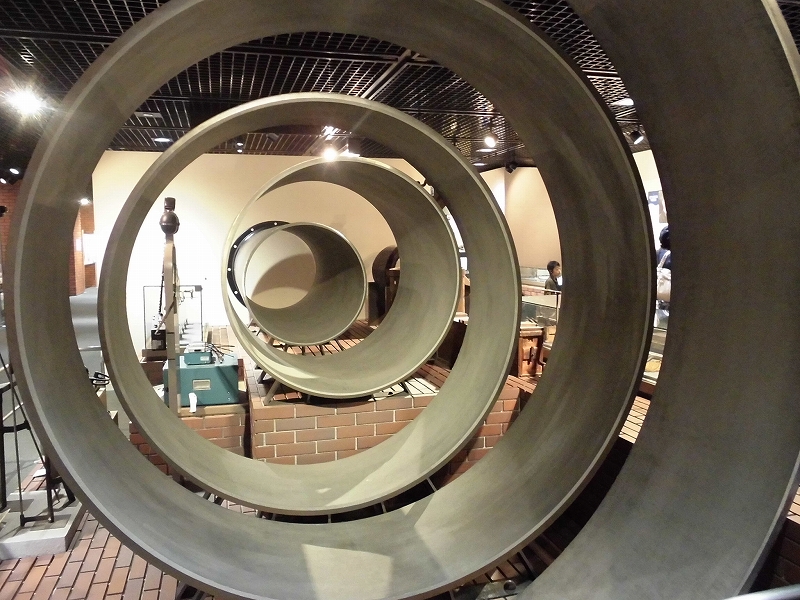
Japan's largest water pipe
These are cast iron water pipes that are still in use today. Compared to the water pipes from the Edo period, they are truly enormous. The exhibit clearly shows how the pipes have overcome various difficulties, such as the Great Kanto Earthquake and damage to the water network during the Pacific War, and measures to deal with Tokyo's growing water shortages, to become world-class in both scale and water quality
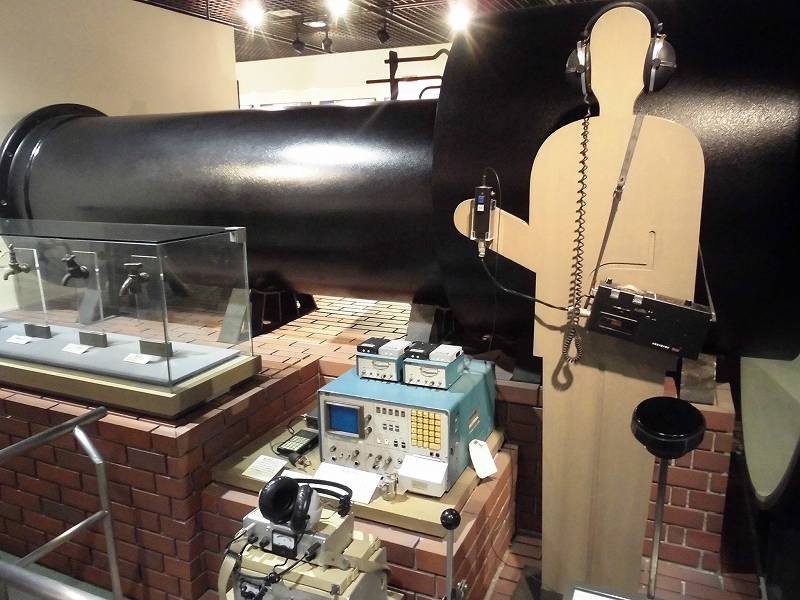
Water leak detector
The waterworks leak detector is located in the center right of the photo. Please note the model of a person wearing headphones. This is the equipment used when checking for water leaks in water pipes. A listening device is attached to the ground to check for leaks in the water pipes that are spread throughout Tokyo. The video and interview of a veteran of this job are a must-see. You can see that it is a very tough job, as they have to go and check areas with heavy traffic during the day at night when there is less traffic
Let's go see the ruins of the Kanda Josui Waterworks
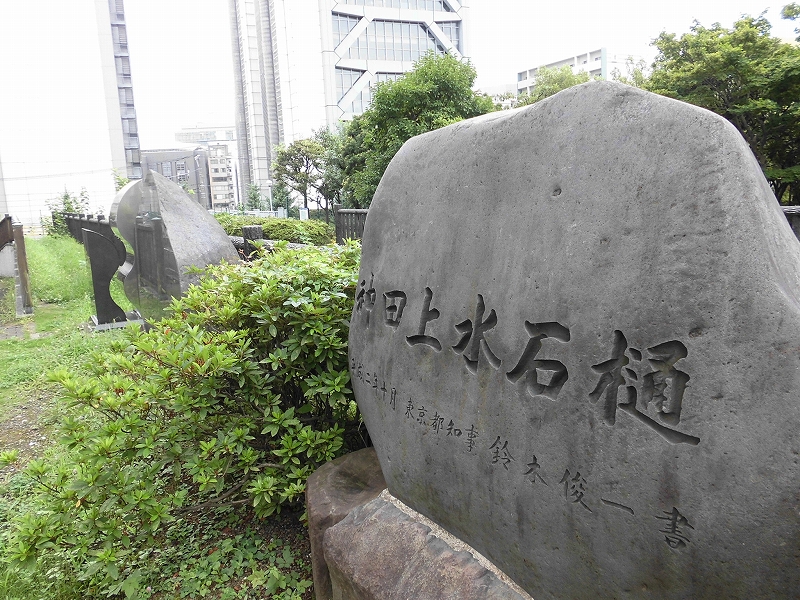
Kanda Waterworks Stone Canal Monument
The second floor exhibit featured a wooden conduit from the Kanda Aqueduct, but in fact, water pipes were not just made of wood. There was a larger stone conduit called a stone conduit that flowed like a river. Water was then diverted from there to samurai residences and tenement houses using wooden conduits. This stone conduit is on display outdoors. What's more, it is an authentic example from the Edo period, so it's a must-see. It is located in the Hongo Water Supply Station Park, adjacent to the Tokyo Waterworks History Museum. It is located behind the monument
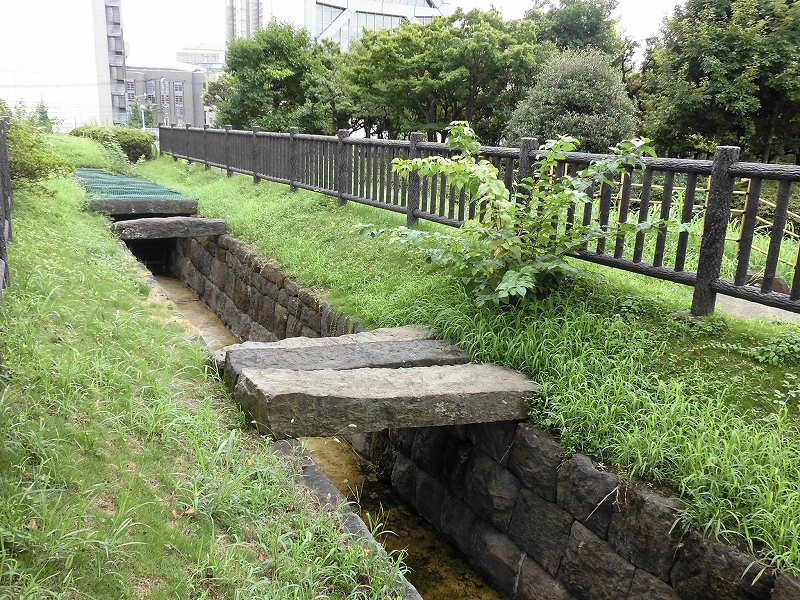
The restored and relocated Kanda Waterworks stone culvert
This is part of the Kanda Josui ruins, which was excavated in the 1980s. It was moved here and restored. Looking down, it just looks like a regular river. Let's take a look from a different vantage point
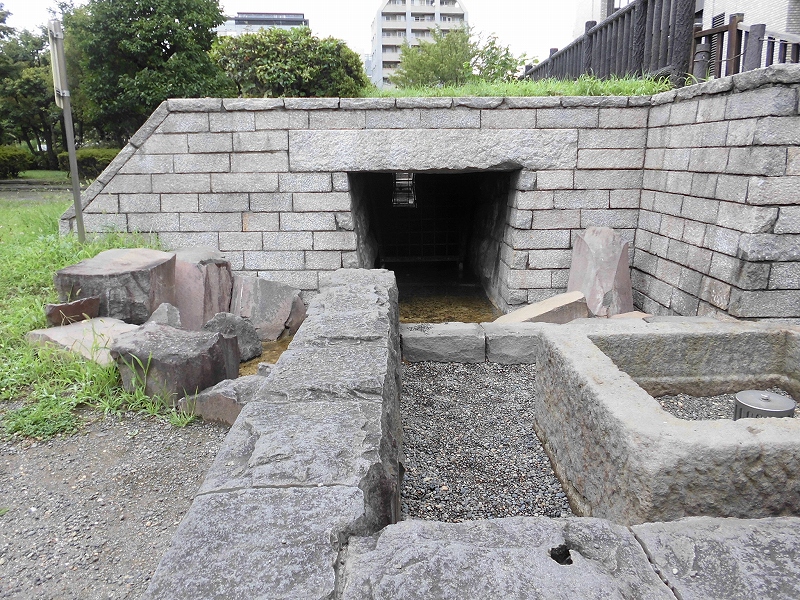
Cross section of a waterway made of stones
This is a cross section of the Kanda Waterworks Stone Canal. You can clearly see that it was a water passage made of piled stones, just like a stone wall
How was it?
Admission to the Tokyo Waterworks History Museum is free. It's a great place to visit with your children, or as a social studies field trip for adults. After the tour, answer a questionnaire in the lounge and you'll receive a cute mascot character pin badge as a gift. Be sure to check it out
INFORMATION
| name | Tokyo Waterworks History Museum |
| location | 2-7-1 Hongo, Bunkyo-ku, Tokyo 113-0033 |
| Official URL | http://www.suidorekishi |
| GOOGLE MAP |


